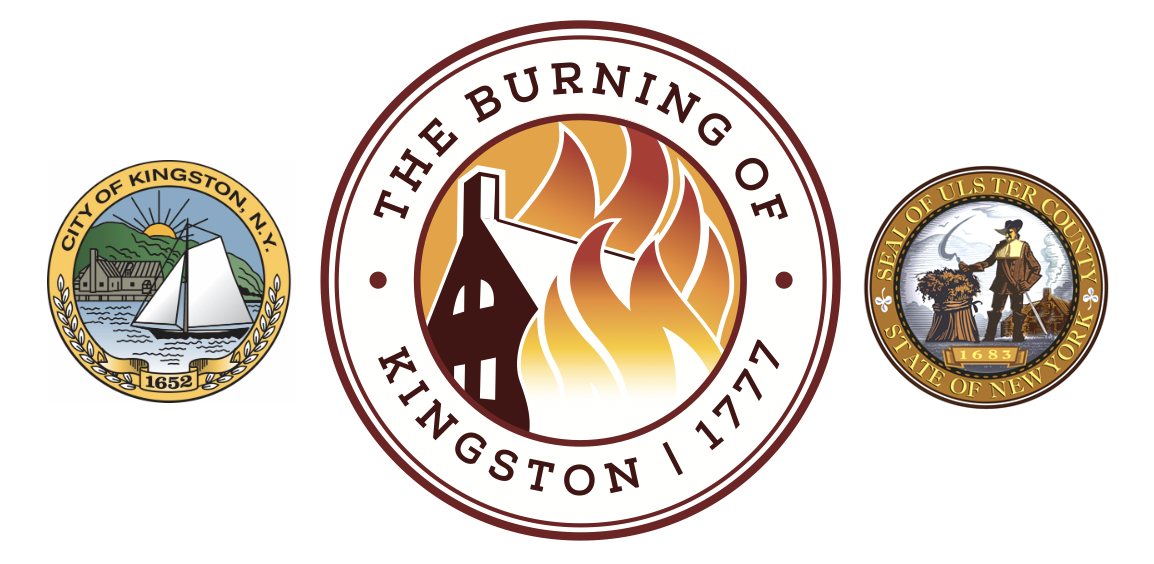History
During the American Revolution, the small town of Kingston, New York, appears twice as a key location in numerous historical accounts; once as the meeting point for New York politicians, and once as the focal point of British retaliation. The first meeting resulted in Kingston's role as the birthplace of the State of New York. One month later, in retaliation for aiding the patriots, the British burned Kingston to the ground.
The British viewed New York City and the Hudson River Valley as key strategic locations. After evacuating the patriot stronghold of Boston in March of 1776, the British concentrated on New York as a base of operations. In July of 1776, shortly after the signing of Thomas Jefferson's Declaration of Independence, a huge British fleet of nearly 500 ships and 35,000 men--the largest single armed force in America until the Civil War--appeared off New York.
Under the command of General William Howe, the vastly larger British forces began pushing back the smaller and less-organized American Army under the command of George Washington almost immediately. By August, Washington had withdrawn from Long Island, pulling back to Manhattan. In September of that same year, Washington and his generals, convinced of the weakness of their position in New York City, debated whether they should burn the city upon retreat, or simply leave it to the British. Under instructions from the Continental Congress to not torch the city, Washington withdrew into New Jersey, where he successfully harassed the British and their mercenary soldiers. Washington's withdrawal from Manhattan, however, had other, non-military consequences.
History of the events of the Burning of Kingston on October 16, 1777 >>
ADDITIONAL HISTORICAL BACKGROUND
Kingston New York - The Early Stockade and Dutch Colonialism in America (VIDEO) >
The New York State Constitutional Convention (VIDEO) >

